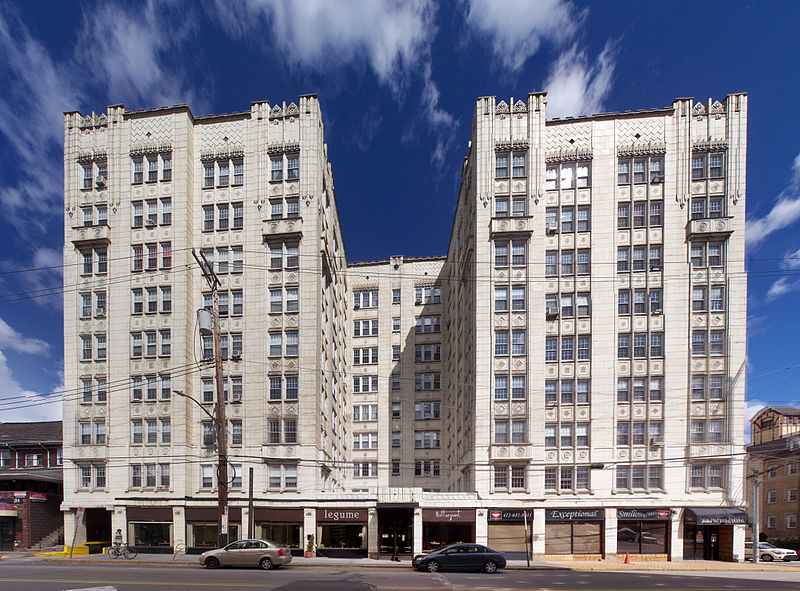
Giuseppe Moretti’s statue of Hygeia, goddess of health and proper hand-washing, stands as a memorial to physicians from Allegheny County who served in the First World War.
Camera: Konica-Minolta DiMAGE Z3.



Giuseppe Moretti’s statue of Hygeia, goddess of health and proper hand-washing, stands as a memorial to physicians from Allegheny County who served in the First World War.



Annual flowers always look their best right before the first frost gets them.


The Fall Flower Show officially opens this Saturday, but you can watch the installation as it progresses. More than half is already in place.
This year’s show has a Japanese theme, and it probably will not spoil your enjoyment of it to reveal that chrysanthemums will be involved.



Most of the chrysanthemums have not quite opened yet. The ones in the Serpentine Room are just beginning to show their faces.


The Sunken Garden is all dug up, and cartloads of new plants are rolling in.
Black squirrels seem to be multiplying in Squirrel Hill and Schenley Park. This one was browsing for acorns in the Homewood Cemetery.
The black squirrel is the same species as the gray squirrel (Sciurus carolinensis); it is described as a “melanistic” phase, meaning that it has more of the dark pigment melanin. There is also a very rare white phase (a true phase, not albinism) of Sciurus carolinensis, but Father Pitt has never seen a white squirrel in Pittsburgh. The white phase is so rare, in fact, that each of its widely scattered habitats seems to regard itself as the only place in the world where white squirrels live. Father Pitt has seen them in Queenstown, Maryland, where they are a famous local sight.

The Center for Sustainable Landscapes is housed in “one of earth’s greenest buildings.” It’s worth taking a tour to see the various clever ways the building makes use of renewable energy and resources.



The Hall of Botany is a work of Rutan & Russell in an unusual baroque style.1


This is not the largest but one of the most splendid apartment buildings in the North Oakland apartment district. It is a curious trapezoidal shape, crammed into a lot that is not quite rectangular and using up every inch of it.
There are some stitching errors in this very large composite photograph, and old Pa Pitt is too lazy to fix them.